
Traditional wildlife conservation and management has been targeted at “natural” areas—areas where forests, grasslands and other habitats are present. However, given that 27 million acres of Illinois (75 percent) is farmland, mostly corn and soybeans, managers need to integrate these lands into the overall approach to conservation and restoration of wildlife in Illinois. To this end, via a Federal Aid in Wildlife Restoration Pittman-Robinson grant to the University of Illinois, Urbana-Champaign, Dr. Michael Ward, Dr. Robert Schooley, Dr. Thomas Benson and Dr. Jeff Brawn have been investigating how different agricultural practices benefit wildlife populations.

Over the last century, changes in agricultural practices have resulted in agricultural fields providing less habitat and cover for wildlife. There are two primary approaches to promote additional habitat: 1) convert low-quality, often highly-erodible agricultural fields to grasslands, 2) implement new agricultural practices in working agricultural fields.
One Illinois program which targets converting low-quality agricultural areas to grasslands is the USDA Farm Services Agency State Acres for Wildlife Enhancement program (SAFE). The 22 SAFE areas in Illinois were selected for the creation of grassland landscapes for wildlife. We have been monitoring these areas since implementation of the program in Illinois eight years ago, and have found that in certain areas farmers have taken advantage of the program to the benefit of wildlife. For example, SAFE areas 17, 18 and 19 in Tazewell and Mason counties have resulted in the creation of more than 2,000 acres of grassland.

Monitoring of the grasslands has shown a greater than 700 percent increase in northern bobwhites. At the onset of the program, bobwhites were encountered on occasion, but over the last couple years multiple birds often are detected at every field monitored. Also, to a lesser extent, increases in ring-necked pheasant and dickcissel populations have occurred. Population increases on SAFE lands aren’t restricted to birds. A study of small mammals has found SAFE fields can greatly increase populations of voles, an important food source of medium-sized mammals and raptors (Mulligan et. al 2013).
The other conservation practice beneficial to wildlife is the implementation of new agricultural practices in working fields. Approaches have been studied which show promise and have been widely adopted by farmers, including no-till agriculture and the use of winter cover crops.

In a study of the benefit of no-till agriculture in soybeans for breeding birds, no-till soybeans are no substitute for grassland but can benefit grassland birds, many of which are experiencing population declines. We found three times as many bird nests, and detected more bird species and greater abundances in no-till than conventional tilled fields (VanBeek et al 2014).
Another agricultural practice that is increasing in acreage in Illinois is the use of winter cover crops. Cover crops are planted in the fall either right before or after harvest of the main crop. Some will winter kill and contribute to the vegetation structure in the spring, while others go dormant during winter and continue to grow in the spring. The use of cover crops can help with soil erosion, nutrient loss, and water quality issues, and as our research is showing, also can provide habitat for migratory and resident birds.
Several species of birds have been found to prefer spring cover crops. Eastern meadowlarks are two to five times more common in cover crop fields. These fields also provide habitat for long-distance migrants, such as Smith’s longspurs, a species that winters in the southern United States and breeds in the Arctic. Many Smith’s longspurs were found to stop over for a week or two in cover crop fields during their spring migration.

In summary, successful conservation of wildlife in Illinois needs to include conservation and management of agricultural fields. While programs that convert low-quality agricultural fields to grassland benefits wildlife, new agricultural practices also can provide habitat for wildlife. Working with farmers, agricultural practices can be identified that benefit both wildlife and a farmer’s bottom line.
References
Mulligan, M. P., R.L. Schooley, and M. P. Ward. 2013. Effects of connectivity and regional dynamics on restoration of small mammal communities in Midwestern grasslands. Restoration Ecology 21: 678-685.
VanBeek, K, J. D. Brawn, and M. P. Ward. 2014. Does no-till soybean farming provide any benefits for birds? Agriculture, Ecosystems, and Environment 185: 59-64.
Dr. Michael Ward is a professor with the University of Illinois and senior ornithologist with the Illinois Natural History Survey. Dr. Ward is involved with a large number of collaborative research projects with foci on avian ecology and behavior.







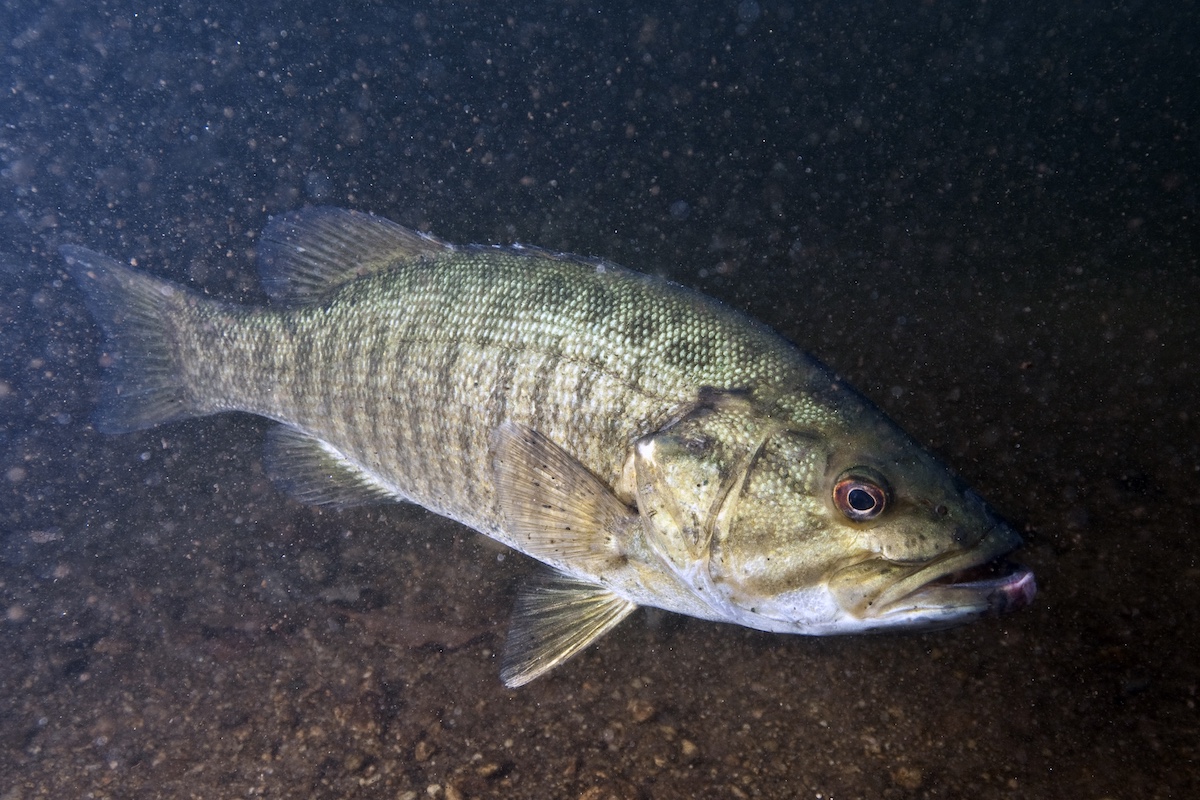
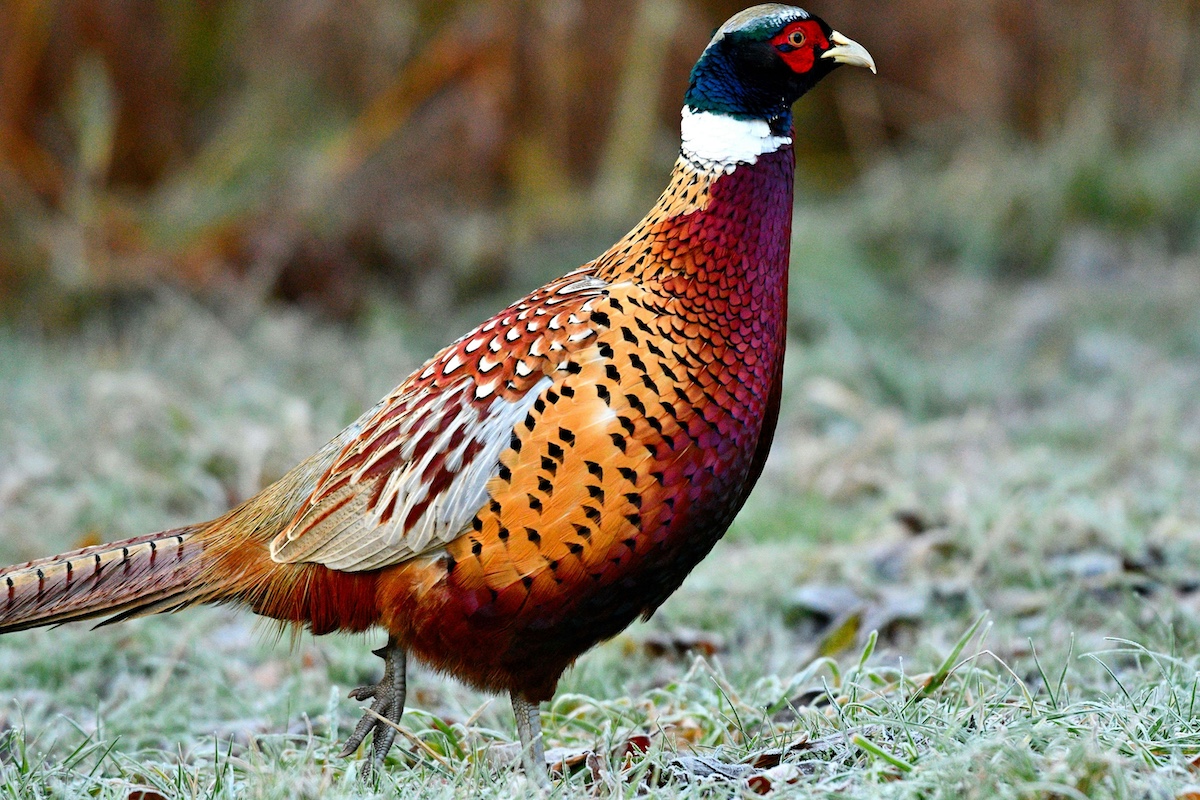
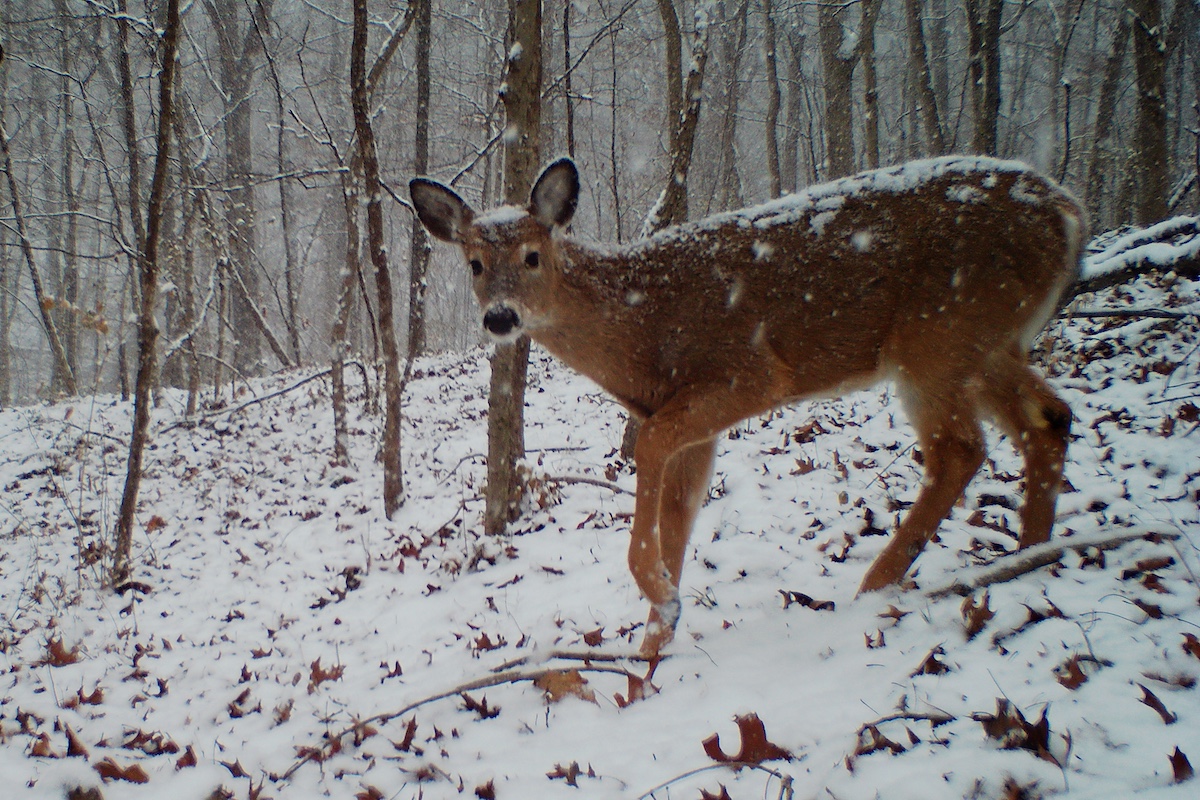
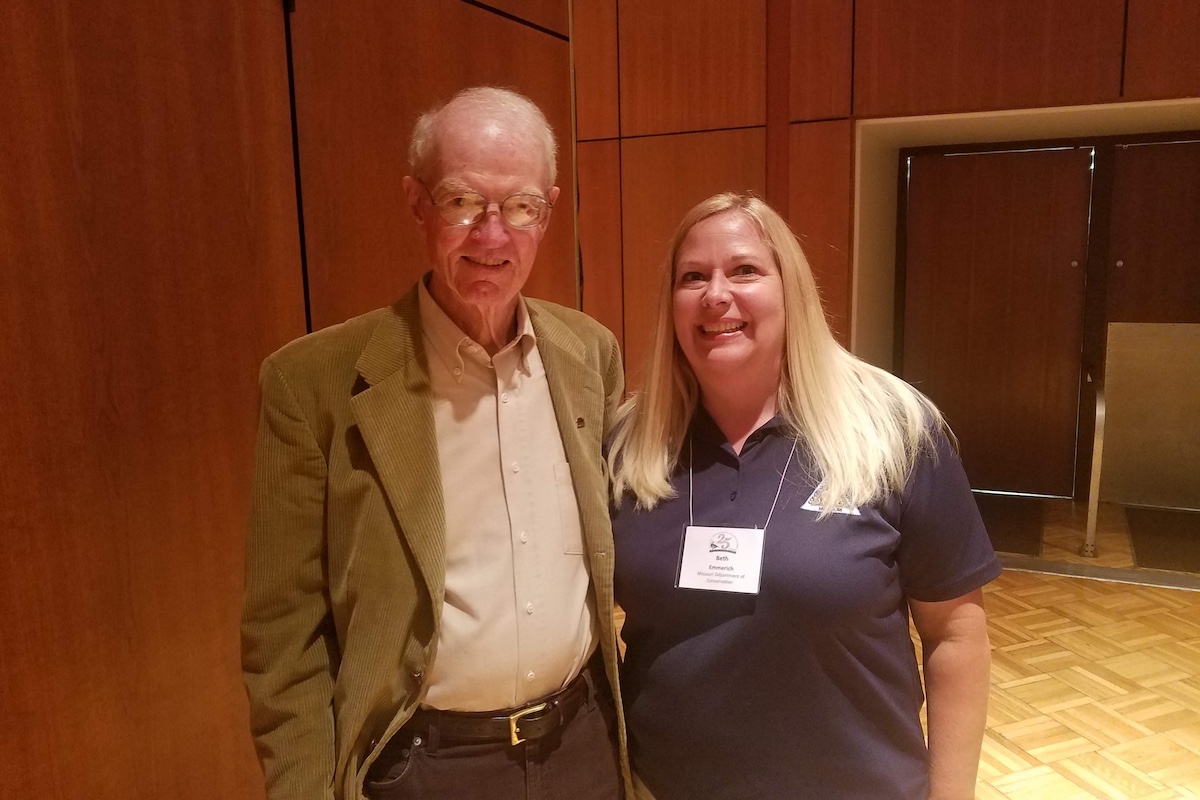
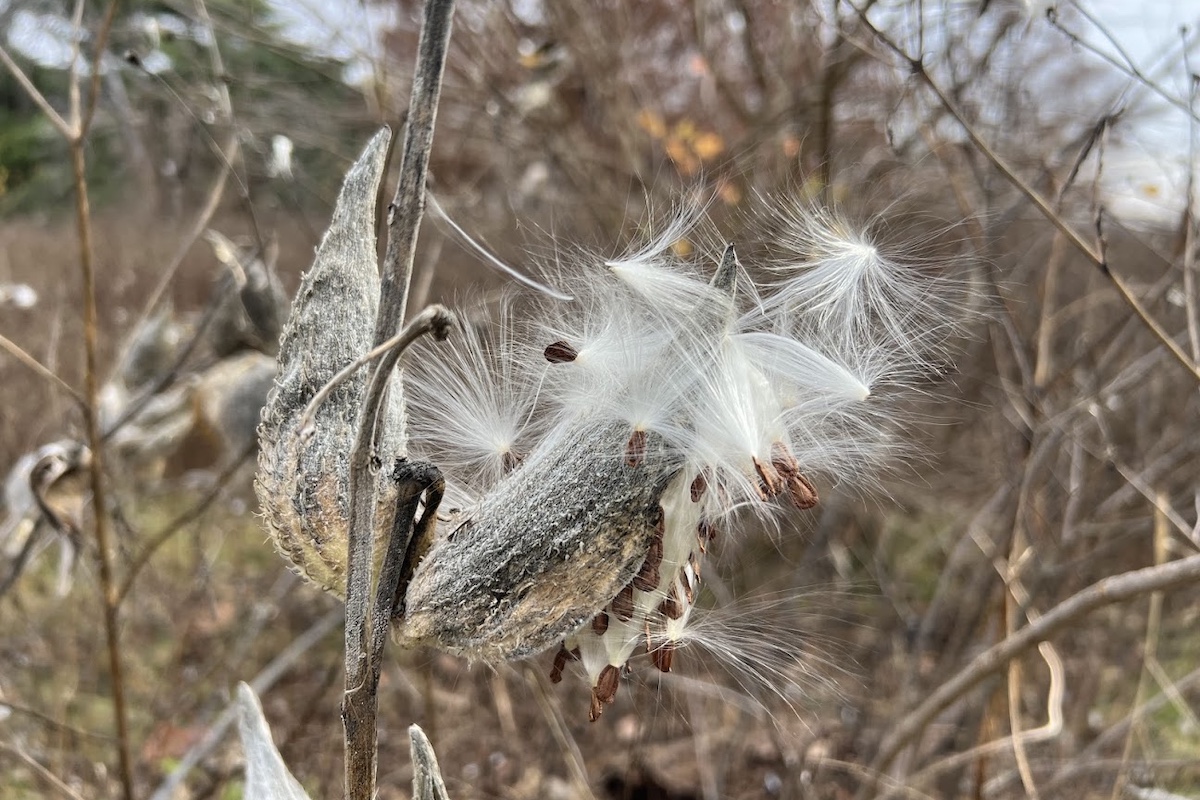
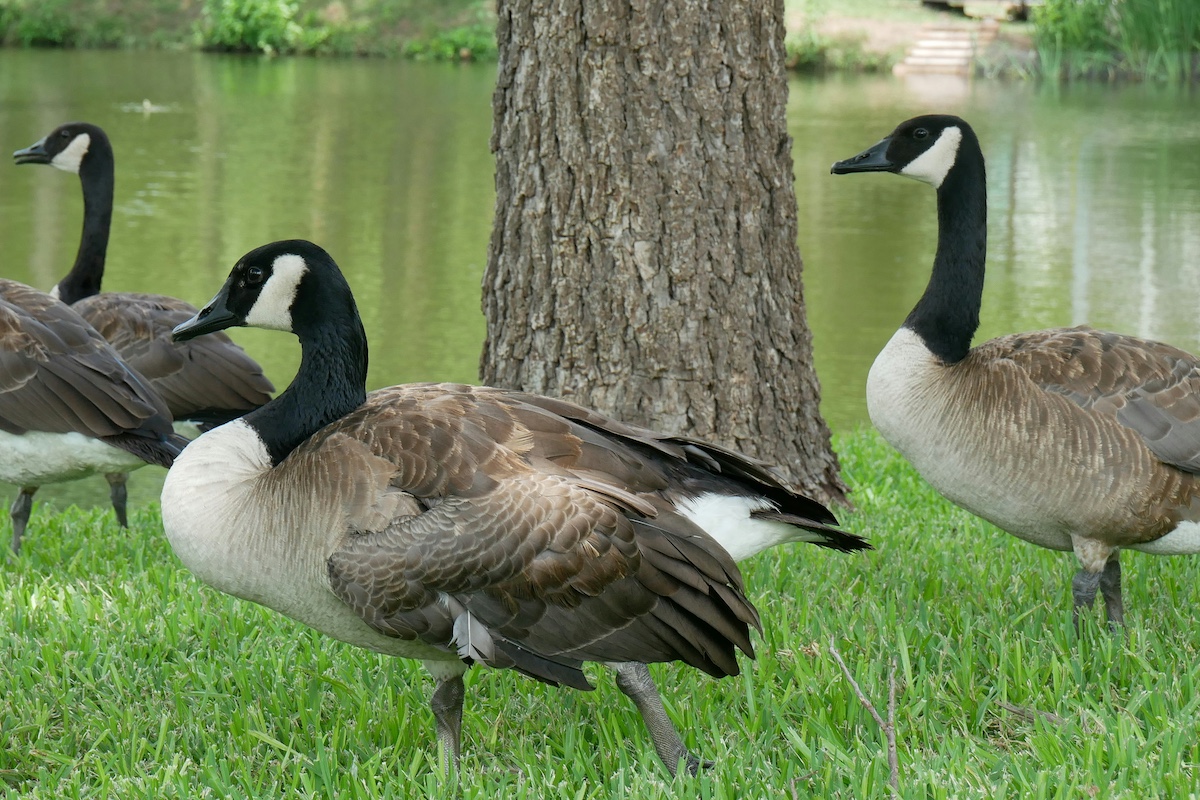
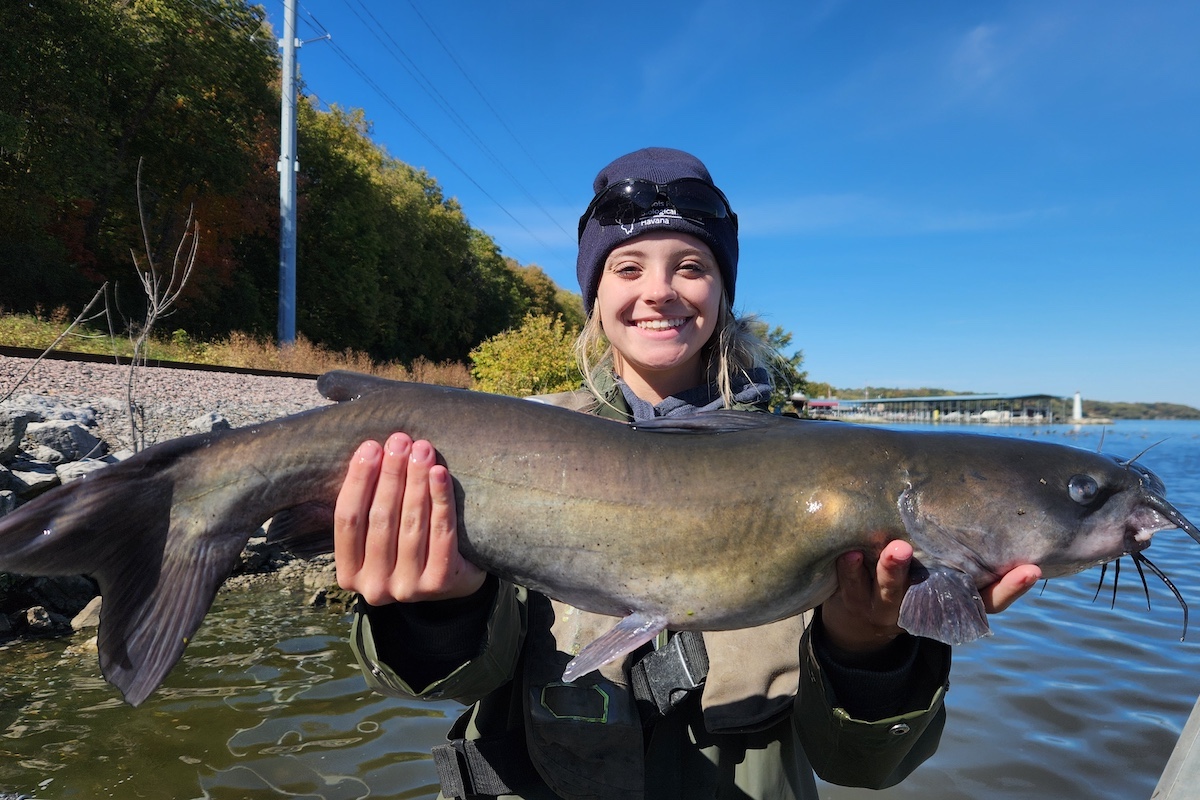
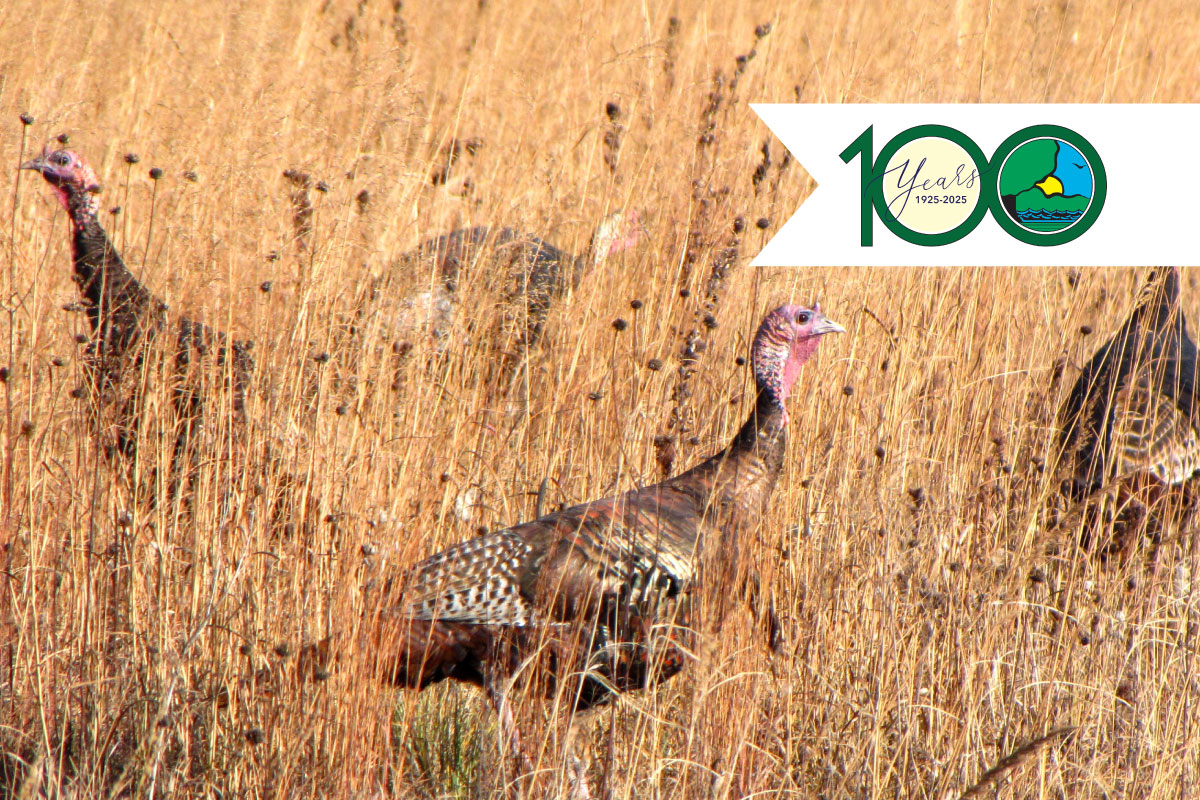
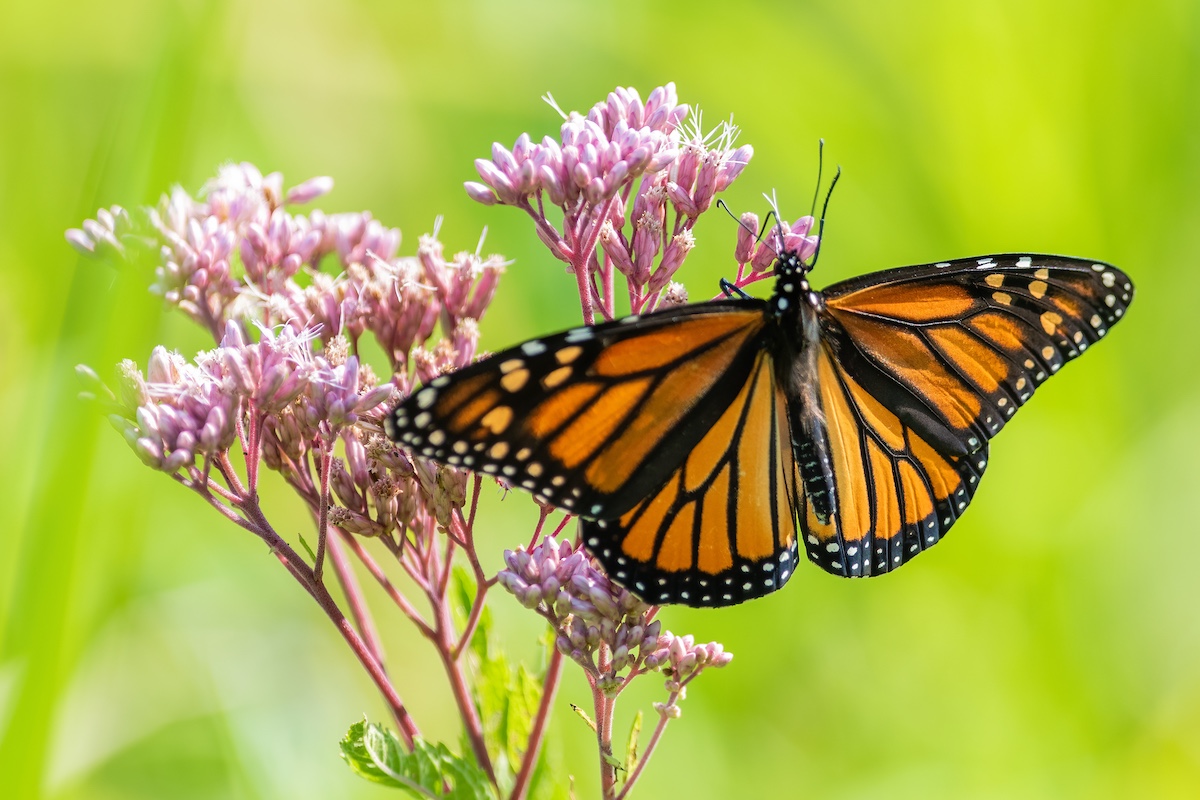
Submit a question for the author